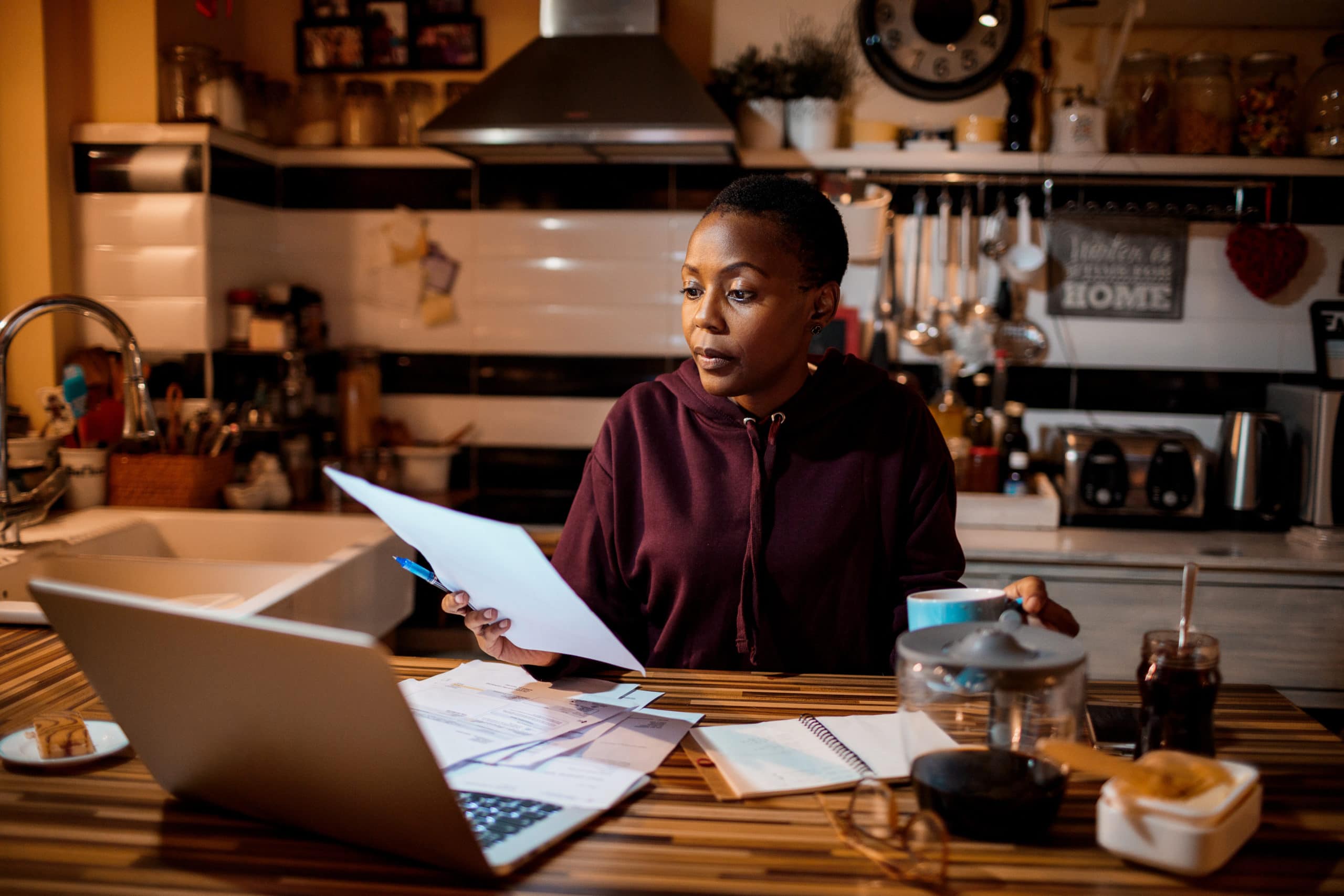Restricted physical movement and social contact have increased the reliance on technology but what are the long-term side effects? We unpack the science behind screen time.
By Tiana Cline
As Early As 1955, people started panicking about the idea of too much screen time. The saying ‘square eyes’ came along with the invention of television yet today, we’re looking at screens more than ever before. The old adage of a work-life balance has shifted to achieving the perfect screen-life balance which is said to be better for sleep, brain development, mental health and everything in between.
“The problem with screens is not the screens themselves but rather the distance,” explains Dr Johann Lamprecht, a specialist ophthalmic eye surgeon based in Johannesburg. “If we look at the long- term effect of too much screen time, the most likely problem is the development of myopia, or nearsightedness.”
Lamprecht explains that the eye grows before the age of seven and again during the teenage years. The longer the eye is, the more nearsighted you become. “If you spend all day, every day, on a screen – especially during your early developmental years – and you’re focusing up close the whole time, you’re sending your brain signals that your eyes need to grow. It’s long-term, you cannot reverse that growth or make your eyes shorter again.”
Increased screen time isn’t the only link to myopia – reading can also cause nearsightedness. In East Asian countries, for example, there is a myopia epidemic which began in the 1980s. According to a Lancet journal, nearly 90% of adults in this
region are nearsighted and this is due to lack of exposure to natural sunlight. Being hunched over a book indoors is just as problematic as too much time spent on a tablet, phone or e-reader – our eyes need bright, ambient light for optimal eye growth.
“In terms of near work, the recommendation is a 20-20-20 rule. For every 20 minutes, for 20 seconds, look at something [more] than 20 feet away – that’s about six meters. When something is six meters or more away from you, the light rays from that object are essentially parallel. For your brain and your eyes, that is distance vision,” says Lamprecht. “When you’re in constant focus, your eyes have to work constantly. That is the trigger for axial length growth – the front to back size of your eye which is then stimulated and eventually becomes a form of shortsightedness.”
Another screen time side effect is digital eye strain, also known as computer vision syndrome (CVS). While digital eye strain is temporary and hasn’t been linked to any long-term health issues, it can affect both adults and children.
“The type of content you look at plays a big role. If you’re concentrating on an Excel spreadsheet the whole day, it is very different to watching a movie. Staggered images and interactive images differ,” adds Vincent Mahlangu, Acer’s product manager for commercial displays and gadgets.
“Newer screens are built to protect your eyes without compromising the color quality. Today’s technology manages the light at the source to ensure compliance with the two standards for color balance and blue light reduction.”
While older monitors that flickered saw people picking up additional accessories like screen protectors or computer glasses to protect their eyes from CVS, today’s devices have this technology built in. What’s more is that there is a big difference between looking at a LED or LCD screen: “LED or OLED displays are organic. It’s been proven that LED displays – light emitting diode technology – release less than 50% of blue light compared to normal screens. It is inevitable that you’ll find flickering with LCD displays due to backlight scanning and local dimming,” says Mahlangu.
Mahlangu adds that brightness and color accuracy go hand-in- hand with eye health. Reducing the light of your screen may lead to eye strain so choosing a display that offers 100% color accuracy (which is as close as possible to what the human eye sees) is a good, long-term investment for anyone who is worried about excessive screen time.
Blue light, on the other hand, is naturally occurring – it’s one the several colors in the visible light spectrum and our exposure to it mainly comes from sunlight. Natural blue light exposure compared to what is emitted by an artificial, electronic source is surprisingly minimal and cannot cause retinal damage.
It may, however, interfere with sleep and in the long run, this plays a role in both brain development and mental health. One 2020 Harvard University study reported that different colors of light have different effects on the human body and being exposed to blue wavelengths at night supresses the secretion of melatonin, the ‘sleep hormone’.
According to Dr Michael Rich, director of the Digital Wellness Lab in Boston, healthcare organizations are considering technology addiction a pathology, similar to substance abuse, yet the use of screens has only accelerated with Covid-19 which means we need to start looking at the science behind screens before declaring what is good, bad or mentally problematic:
“It’s not a true addiction in the sense of having physiological changes when withdrawing from a substance. The word addiction is so stigmatizing… the overuse of screen time isn’t a standalone diagnosis but rather a syndrome driven by underlying psychological issues that were subclinical outside of the interactive media space or undertreated.”
“Screen time has been on the increase for the last 50 years and it’s not going to get any less,” says Lamprecht.
“If you stare at a blue light filtered screen with the perfect prescription, glare-protected glasses for 10 hours, you’re still going to get digital eye strain, tension headaches and neck pain. It has got to do with the amount of time that we are exposed to screens, more than the screen itself. Positive screen time is about self-regulation, building good habits and going outside.”
